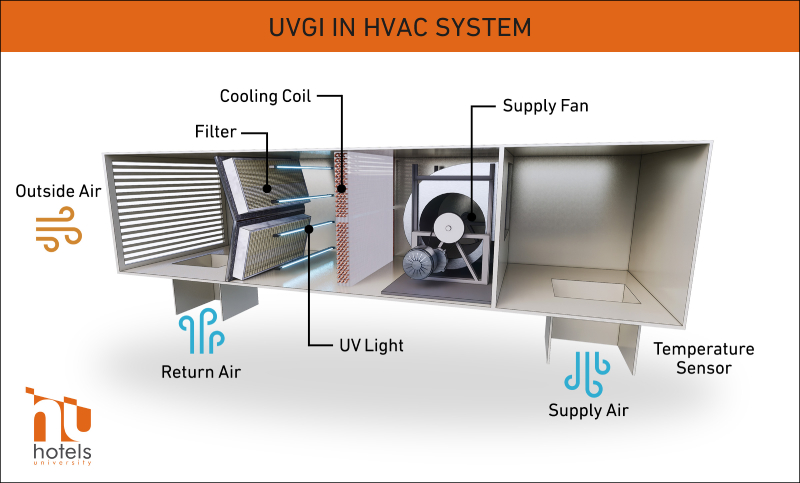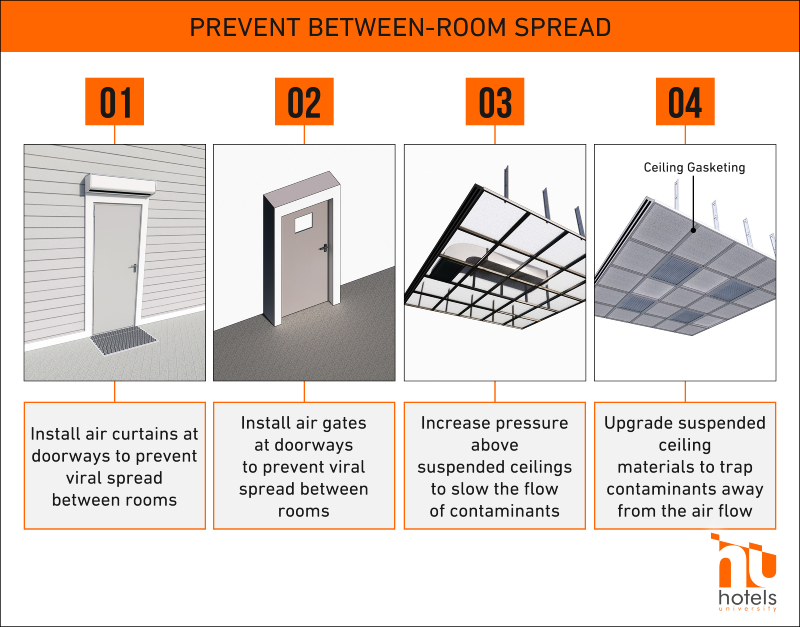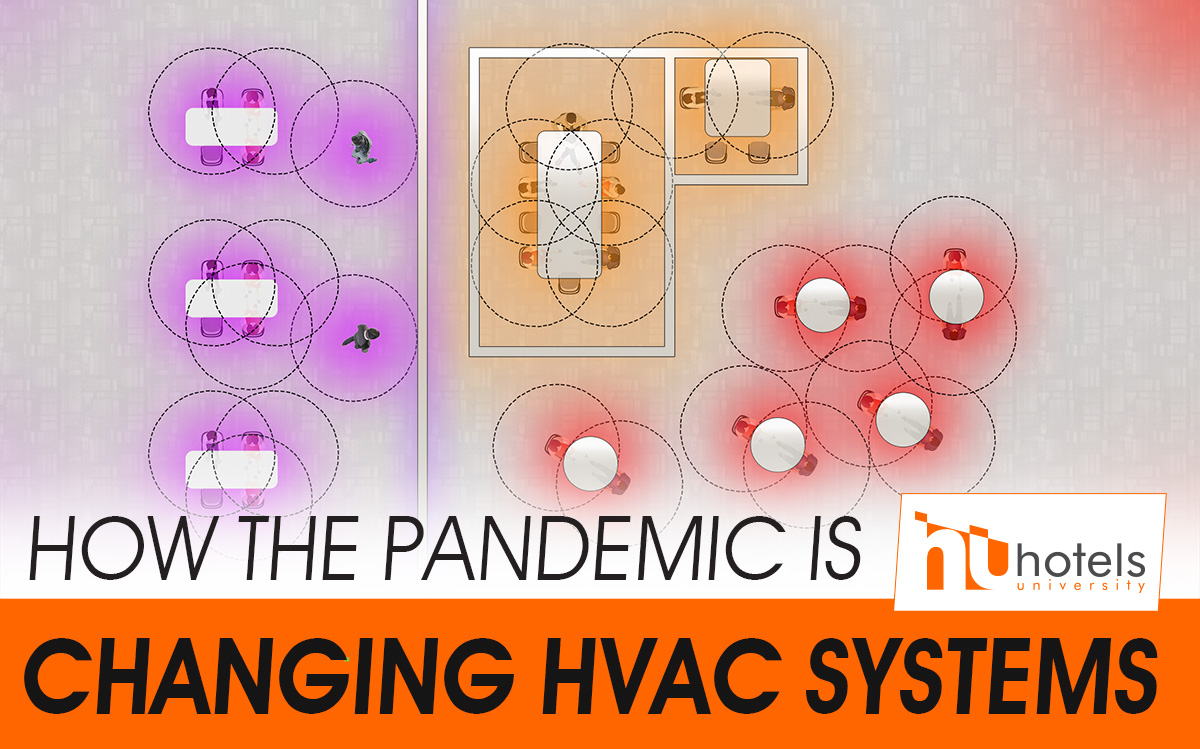The pandemic has shifted people’s thinking about the future, especially in building design.
2020 has shown us the importance of designing for healthier spaces. People want their homes, offices, and hotels to be sanitized and free from hidden germs that get recirculated in HVAC systems. Does this mean it is time to rethink your HVAC system?
Can HVAC systems filter out COVID-19 and other germs?
The short answer is YES, but let’s break it down:
Considering that airborne transmission is also possible with the coronavirus, a few control-setting changes and upgrades may help decrease the risk of spread. Various solutions can be found that can help prevent airborne spread of viruses. Here are measures that can be taken for both existing and new build projects:
New Build Projects
Here are strategies to follow for your new design project:
- Provide more outdoor ventilation at a rate greater than the code minimum.
- Use better filters in large public spaces and back of house areas. Every system has a MERV rating, with higher numbers indicating better filtration. Systems to consider are MERV 17 & MERV 13+.
- If you can’t upgrade to better filters, install portable free-standing HEPA filters.
- Provide Ultraviolet Germicidal Irradiation (UVGI) with possible in-room fans or UVGI lights in the HVAC systems (UV-C) in upper rooms. These systems use ultraviolet light to help kill viruses and organic growths, such as mold or bacteria.

- Maintain optimal temperature and humidity control at 75°F & 50%-60% relative humidity (RH), since too low temperatures and humidity contribute to flu-like virus epidemics.1
- Consider implementing inter-room ventilation systems, as shown below

Existing Buildings
If your building is already done here’s what you can do:
- Increase outdoor air ventilation by setting opening outdoor air dampers to 100% as indoor and outdoor conditions permit.
- Improve central air and HVAC filtration with the best filter possible to remove unwanted airborne particles.
- Keep systems running longer hours (24/7 if possible) to control the space temperatures by adjusting control settings—especially overnight setback settings—to maintain a proper indoor environment to reduce individual sources of pollution.
- Add portable room air cleaners with HEPA or high-MERV filters.
- You can still add ultra-violet devices to in-room fans to supply outside air and re-condition it as fresh air to a building.
- Maintain temperature and humidity to 75 °F & 50%-60% RH.
- Check on any energy-recovery ventilation systems that could leak potentially contaminated exhaust air back into the outdoor air supply.
Reach out to discuss HVACs further and don’t forget to check out our new institution of higher education, STONEPILE CONSTRUCTION COLLEGE, devoted to the advancement of construction for the betterment of our world.
Stay safe!
Thank you,
Blair Hildahl
Blair@hotelsuniversity.com
608.304.5228
Source:
- https://wattsupwiththat.com/2020/03/28/increased-indoor-humidity-may-decrease-coronavirus-covid-19-transmission/
https://www.ashrae.org/file%20library/about/position%20documents/pd_infectiousaerosols_2020.pdf
https://www.mckinsey.com/industries/advanced-electronics/our-insights/can-hvac-systems-help-prevent-transmission-of-covid-19



Leave A Comment